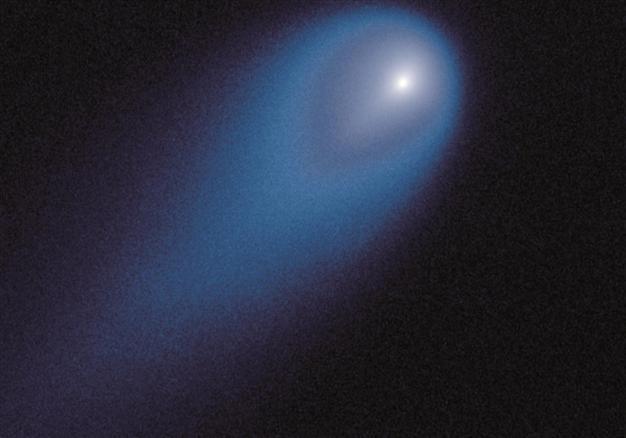Hubble telescope spies new comet
CAPE CANAVERAL, Florida - Reuters

Comet ISON makes its closest approach to the Sun. REUTERS photo
A recently discovered comet, dazzlingly bright even though it is still almost as far away as Jupiter, is racing toward a November rendezvous with the sun, officials said on April 23. If it survives the encounter the comet may be visible even in daylight in Earth’s skies at the end of the year.
Discovered by amateur astronomers in September 2012, Comet ISON is about to reach the outer edge of the asteroid belt, located some 451 million kilometers from Earth, said William Cooke, lead scientist at NASA.
The comet is shedding dust from its nucleus at a rate of more than 50,802 kg per minute, the result of heating by the sun, observations from NASA’s Swift telescope show. That level of activity is unusual for a comet still so far away from the sun. It could spell its doom.
The comet’s nucleus will continue to shrink as it flies closer toward the sun and heats up. The rock-and-ice object could break up completely before it gets as close as 1.1 million kilometers from the sun’s surface on Nov. 28.
A comet in the 1970s passed 10 times farther away than that and partly disintegrated, Cooke said. “I doubt this thing is going to survive. I guess we won’t know for sure until we look for it to come out from behind the sun,” he said. The comet was named for the International Scientific Optical Network, or ISON, telescope that made its discovery.
